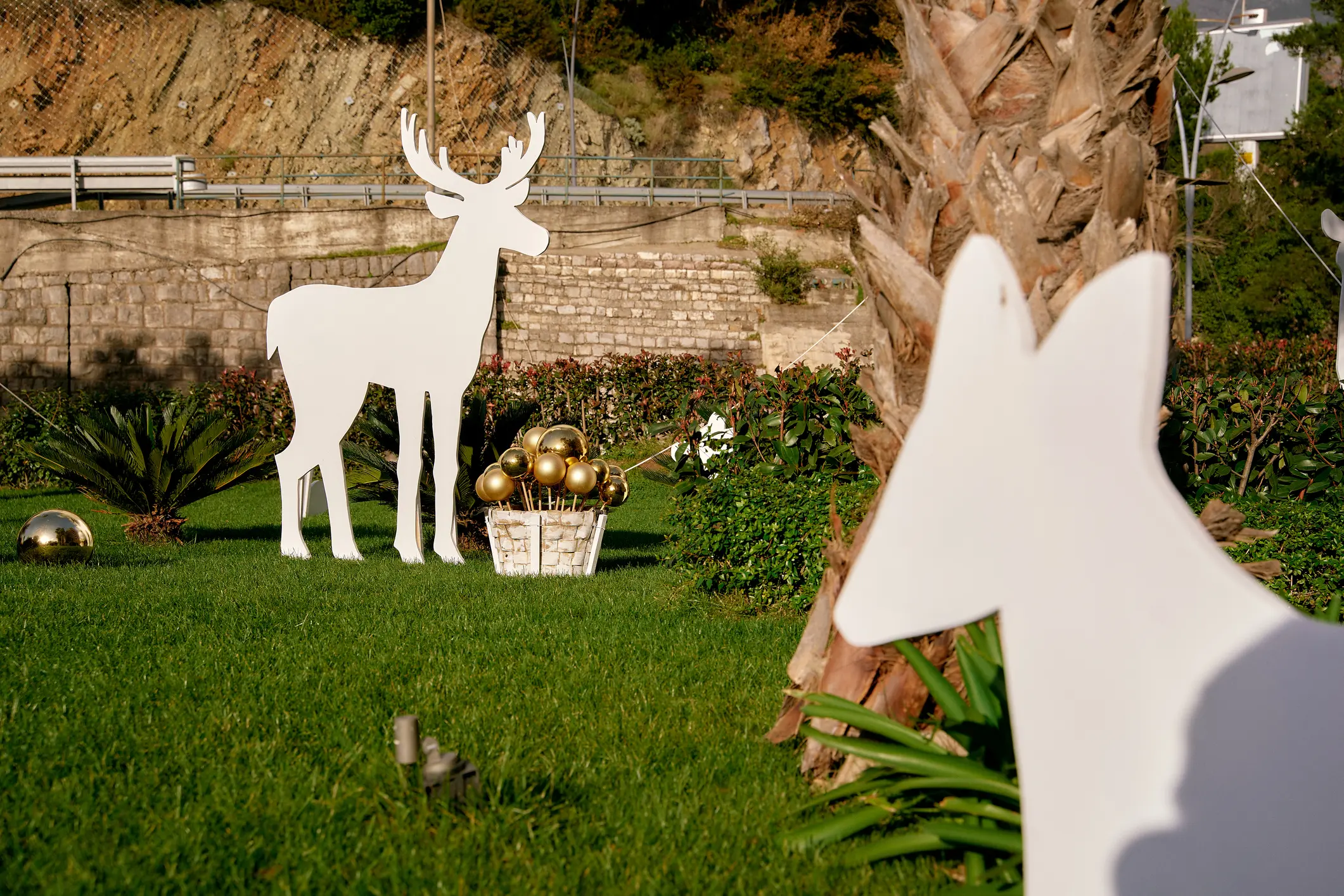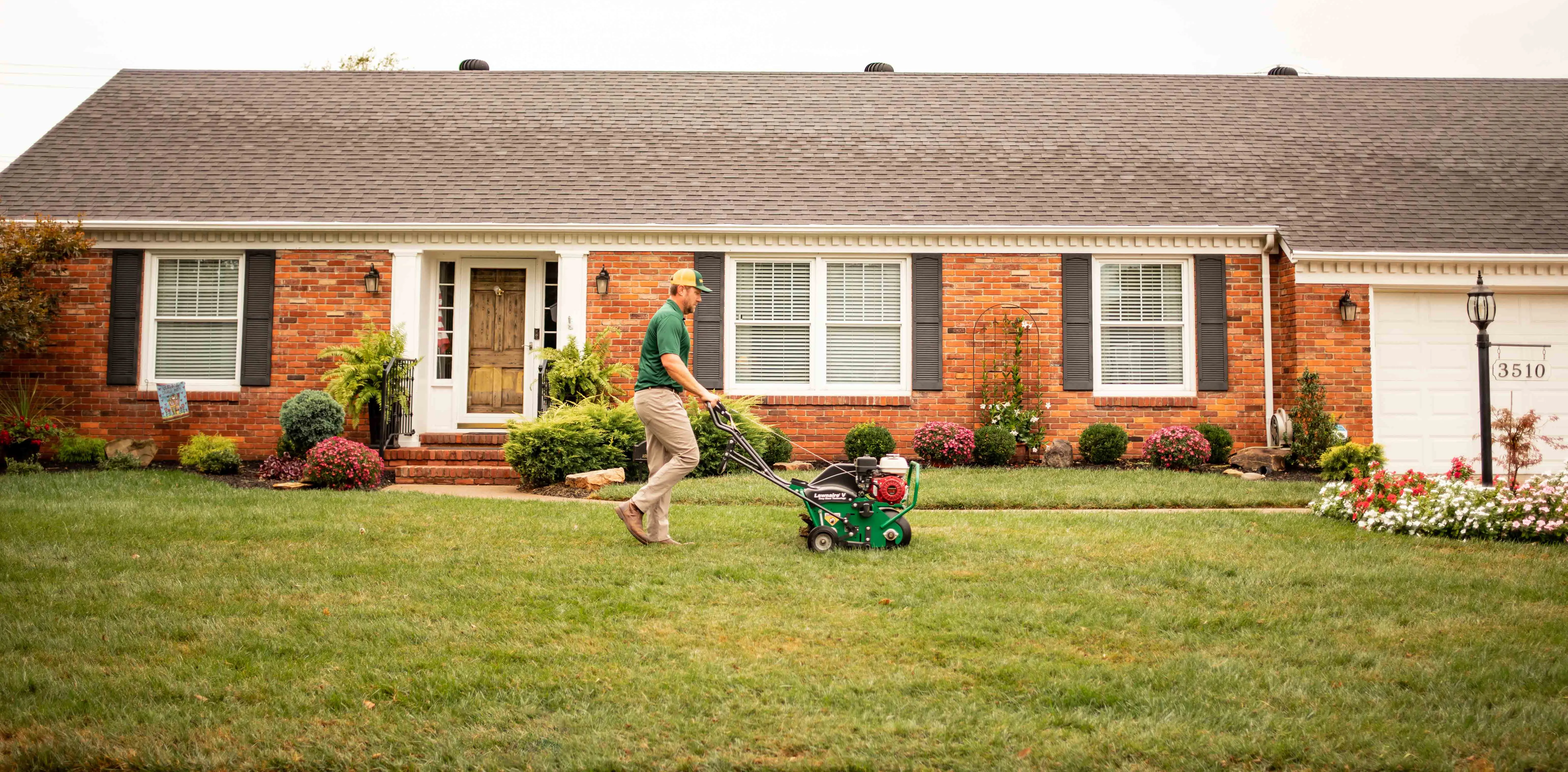Written By
Allison Russell
Published On
May 17, 2024

From planning to planting, use this handy checklist to get your flower beds ready for the season ahead.
Do you know what kind of garden you want? This is an important first step that might take a little bit of research. Here are a few choices you can make from the start.
You already know what kind of garden you want to plant, but it’s time to get specific. Take the time to make sure your desired plants are well suited to your climate and growing conditions. Our advice is to start small and simple, and then expand your scope as you get more comfortable. Here are some easy plants for beginners.
Once you know what you want to plant in your garden, you can start mapping out where to put it! Almost all vegetables and flowers need a minimum of 6 hours of sun every day. Observe how the sun moves around your yard, and remember that the amount of sun will change after the long days of summer. If you have trouble finding spots with lots of sun, consider opting for shade tolerant plants.
If your tools have been sitting untouched since last season, you’ll want to take stock and make sure everything is in working order.
It’s almost time to start planting! But first, you need to lay the groundwork.
Now you’re ready to plant your flowers and veggies! You can plant from seeds, seedlings, or fully grown plants. Whatever you do, heed the package instructions to give your plants the best chance to grow and thrive. With some ongoing care and attention, you’ll be enjoying your beautiful garden in no time!
Written By
Allison Russell
Published On
May 17, 2024

You’re making a list. You’re checking it twice. You don’t care who’s been naughty or nice. You just need people’s names off this list.

Our Promise to You: The Weed Man Guarantee

Your fall aeration service makes a BIG difference to the health of your lawn. Aeration reduces compaction by removing cores of soil from your lawn and it helps to reduce thatch build up, allowing wate...